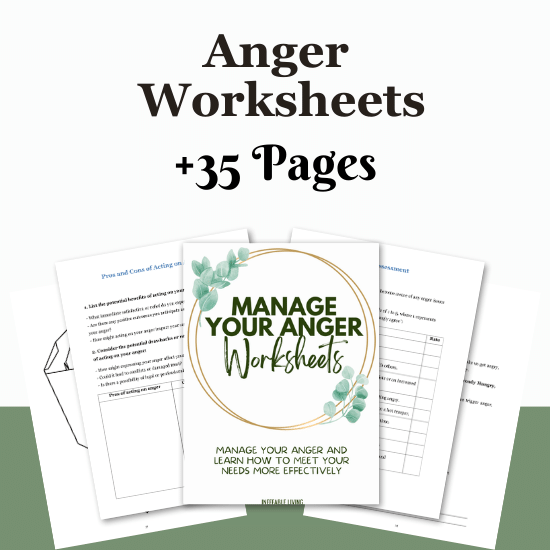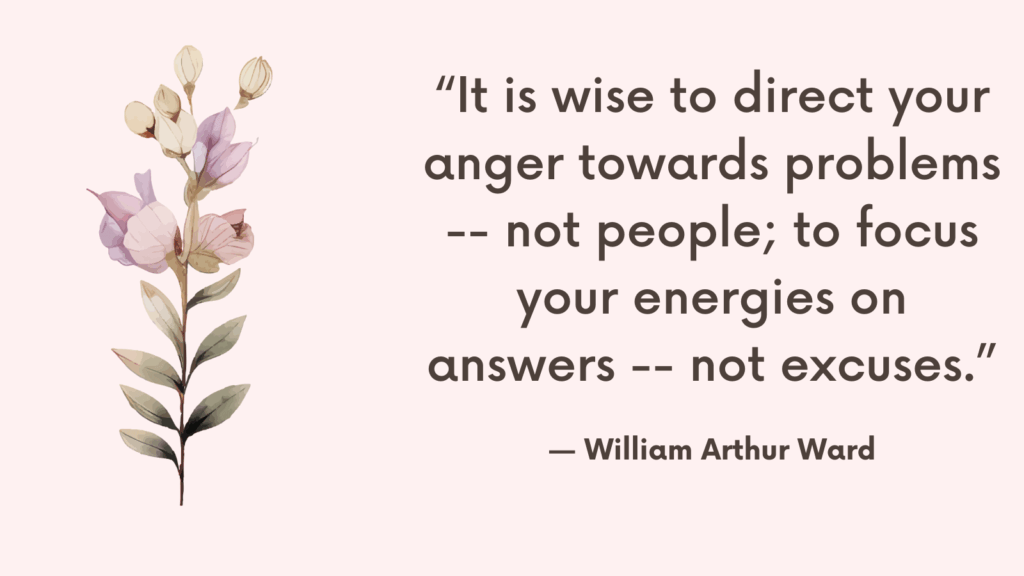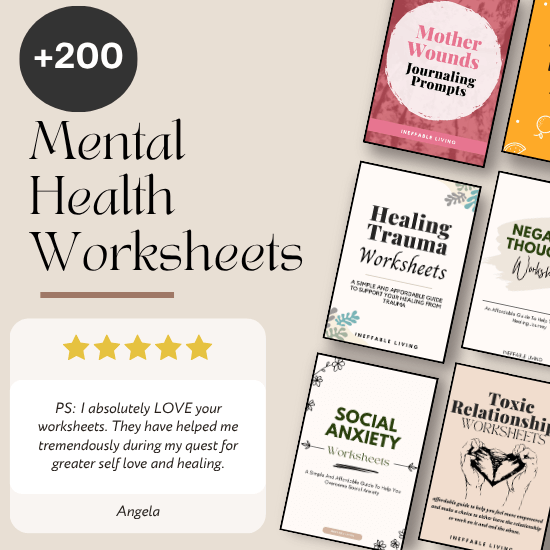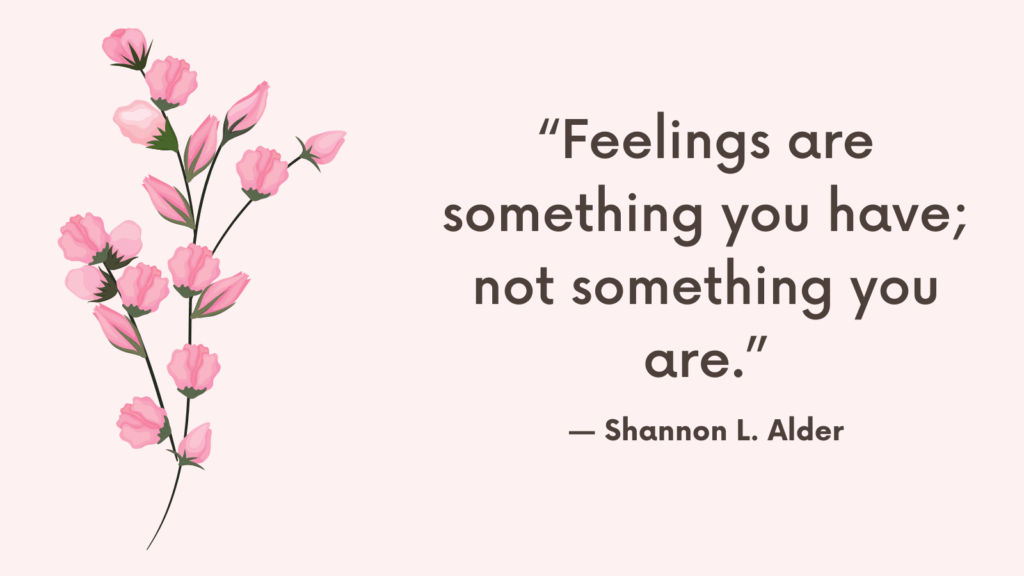When someone is angry — especially intensely or frequently — it can be hard to know how to respond. You want to show empathy and make them feel heard, but not at the cost of tolerating yelling, aggression, blame, or manipulation. The key is validating their feelings while drawing the line at harmful actions. You can honor the emotion without accepting the behavior.
The Difference Between Validation and Approval
Validation and approval are often confused — but they’re not the same. Understanding the difference is essential for healthy communication, emotional support, and boundary-setting. While approval means agreement or endorsement, validation means recognizing and respecting someone’s feelings or experience — even if you don’t agree with their choices or opinions.
Validation Says “I See You”
Validation acknowledges someone’s internal reality. It says:
- “I understand why you feel that way.”
- “That makes sense based on your experience.”
It doesn’t require you to like or agree with their decisions.
Approval Says “I Agree With You”
Approval expresses agreement, praise, or consent. It means you support their action, belief, or behavior. For example:
- “I think you did the right thing.”
- “I support that decision.”
You Can Validate Without Approving
You might not agree with someone’s behavior, but you can still validate the emotions behind it.
- “I don’t agree with how you handled that, but I can see you were feeling overwhelmed.”
This approach preserves connection without compromising your values.
Related: Beyond Just Anger: How to Manage Intermittent Explosive Disorder?
How to Validate Someone’s Anger Without Enabling Destructive Behavior?
1. Understand the Difference Between Feeling and Behavior
Anger is valid. Destructive behavior is not. This distinction is essential. You can say:
- “It’s okay to feel angry.”
- “It’s not okay to yell, threaten, or insult.”
This approach supports emotional honesty and accountability.
2. Use Calm, Empathic Language
Validation sounds like:
- “I can see why you’d be upset.”
- “That sounds incredibly frustrating.”
- “Anyone in your situation would feel hurt.”
You’re not saying they’re right — you’re saying their feelings make sense.
3. Stay Grounded and Neutral
Your calm presence helps regulate theirs. Avoid taking sides or inflaming the situation. Speak slowly, breathe deeply, and maintain a non-threatening posture. This models emotional regulation in real time.
4. Set Clear Boundaries Around Behavior
While validating the emotion, also set limits:
- “I’m here to talk, but not if we’re shouting.”
- “I want to understand you, but I need you to speak to me respectfully.”
- “If this continues, I’ll have to step away.”
This reinforces safety for both of you.
Related: Frustration Intolerance: Understanding It and Building Patience
5. Don’t Minimize or Dismiss
Avoid phrases like:
- “You’re overreacting.”
- “Calm down.”
- “It’s not a big deal.”
These escalate anger. Instead, focus on reflecting their core emotion: “You sound really overwhelmed.”
6. Reflect, Don’t Fix
When someone is angry, they usually want to be heard — not solved. Say:
- “That sounds really painful.”
- “I get that this really matters to you.”
Avoid jumping to solutions unless they ask for help.
7. Redirect to Healthy Expression
If things start getting heated, gently guide them:
- “Let’s take a break and come back to this.”
- “Can we write this down and revisit it when we’re both calmer?”
This prevents reactivity and allows for more productive communication.
8. Model Healthy Anger Expression Yourself
Set the tone by being honest about your own feelings in respectful ways:
- “I felt hurt when that happened, and I’d like to talk about it.”
You give them permission to do the same, without hostility.
Related: Top 14 CBT Exercise For Anger Management (+FREE Anger Worksheets)
9. Know When to Disengage
If validation and boundary-setting fail and the behavior becomes harmful, step away. You’re not responsible for managing someone else’s rage — especially if it becomes abusive or manipulative.
10. Encourage Reflection Later
When they’ve calmed down, invite them to look back:
- “I could tell you were really upset. Do you want to talk more about what was underneath that?”
This deepens insight and fosters emotional growth.
Taking Care of Yourself
Validating someone’s anger should never come at the cost of your emotional safety or dignity. When you try to support someone who’s angry, especially if their behavior is intense or unpredictable, it’s easy to forget your own needs. The goal is to honor their feelings without abandoning yourself.
Here’s how to take care of yourself while still offering validation — without enabling destructive behavior.
Before you try to validate someone’s anger, get clear on what you’re willing and unwilling to tolerate. Ask yourself:
- “What kind of tone or language crosses the line for me?”
- “At what point do I need to walk away?”
Knowing your limits in advance protects your emotional boundaries in the moment.
Related: Assertive Anger: What It Is & How to Practice It

Conclusion
Validating someone’s anger doesn’t mean excusing poor behavior. It means saying: “Your feelings matter. And so does how you express them.” That’s how you support their healing without sacrificing your own safety.



